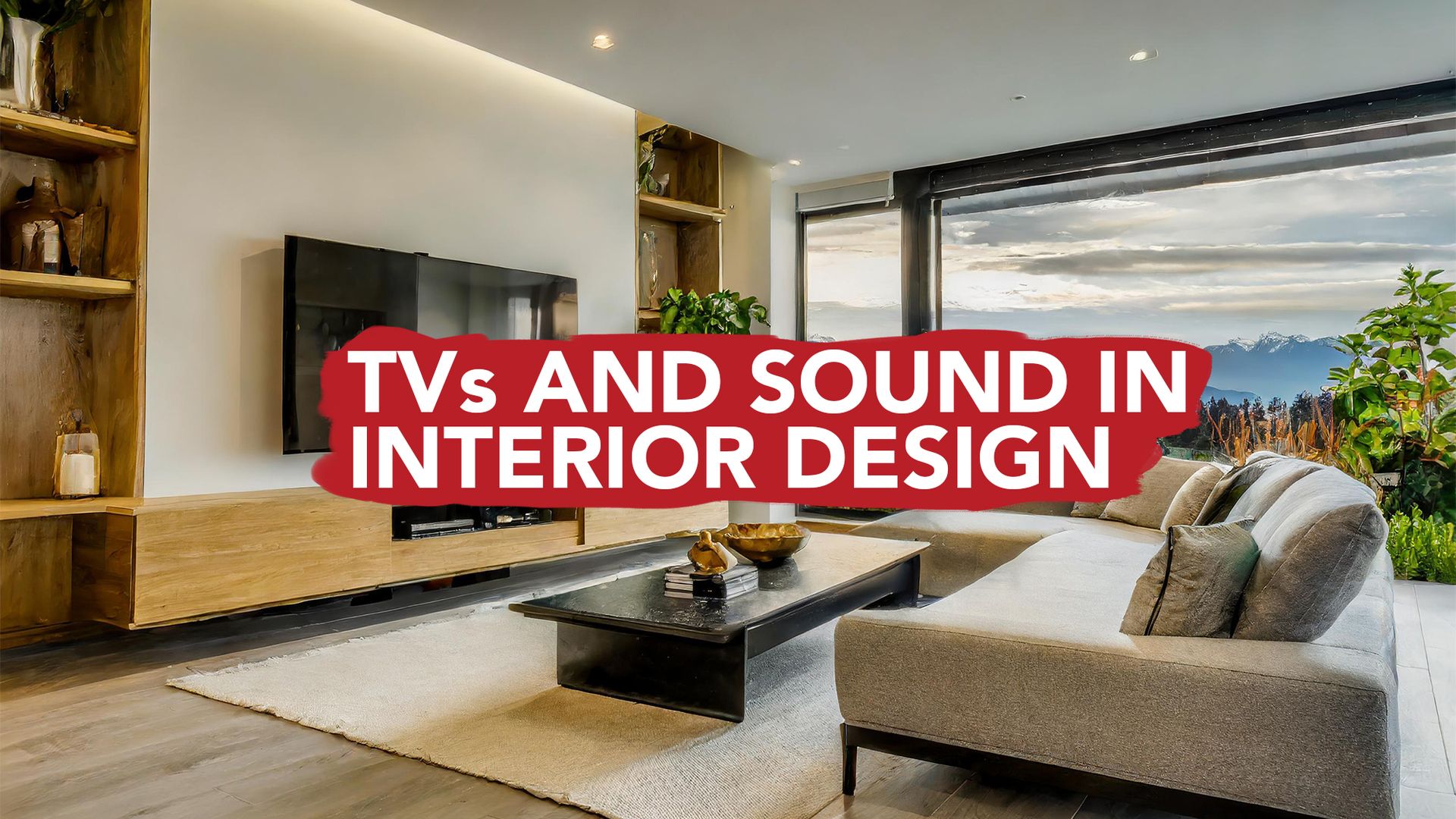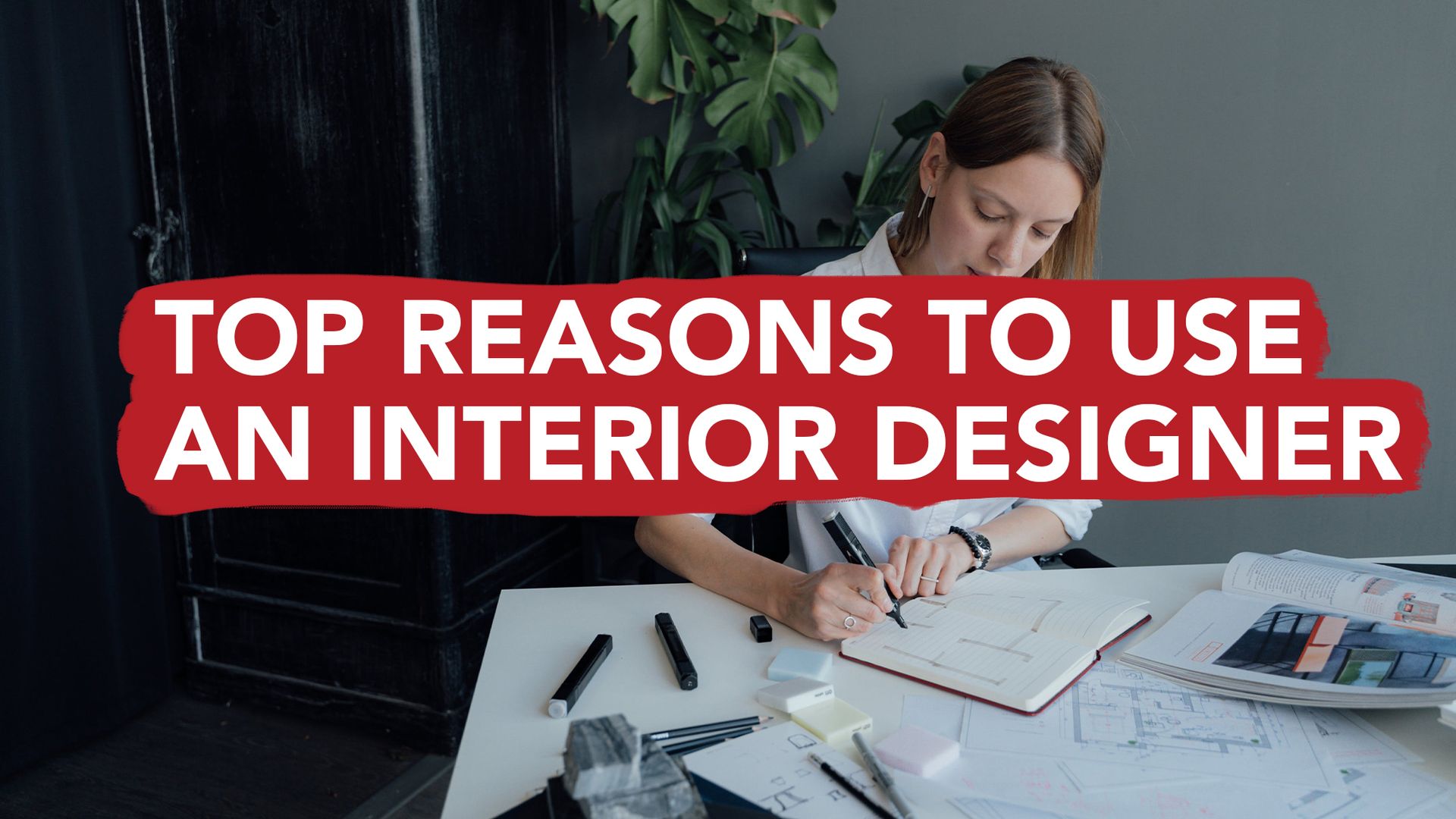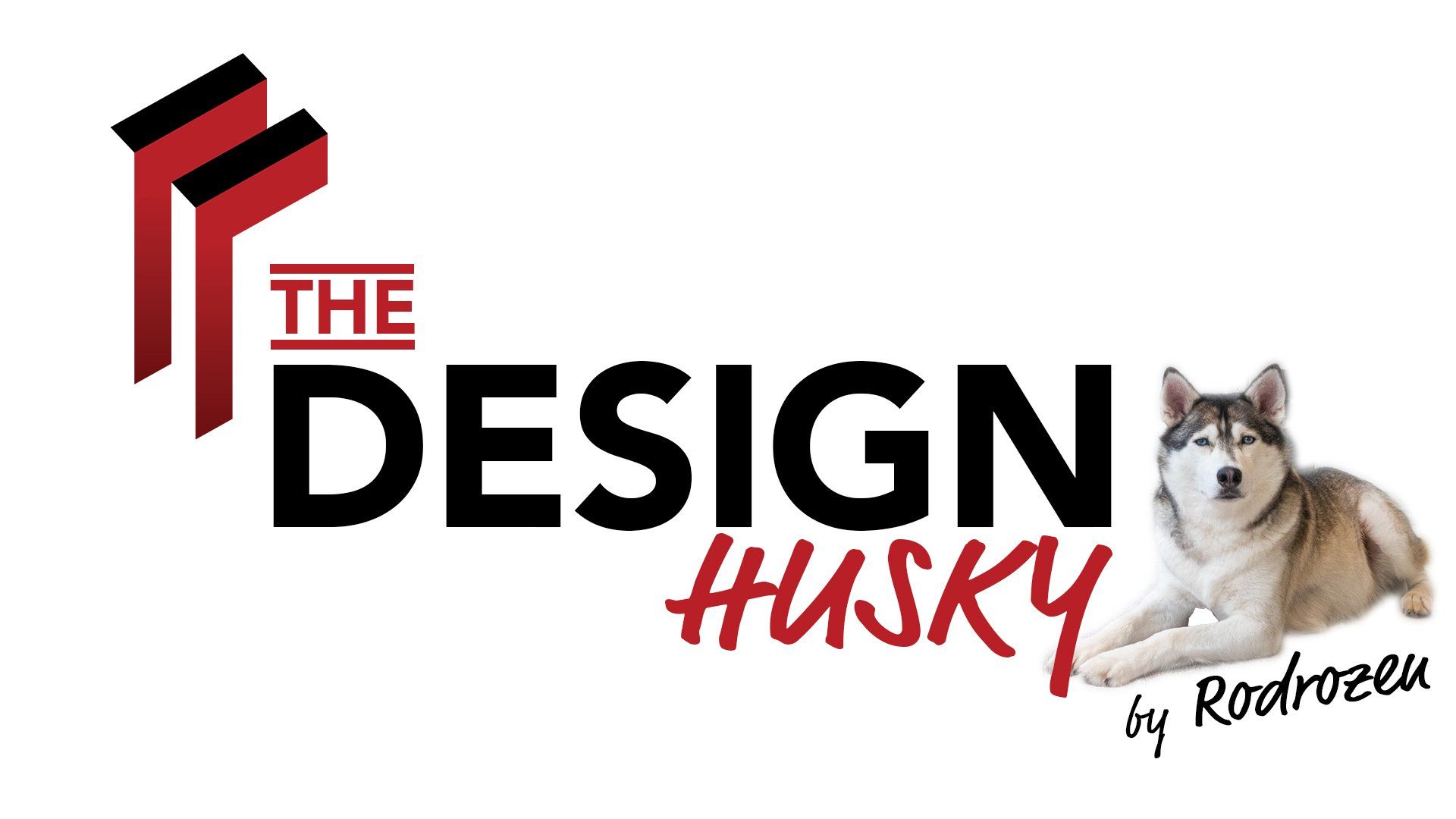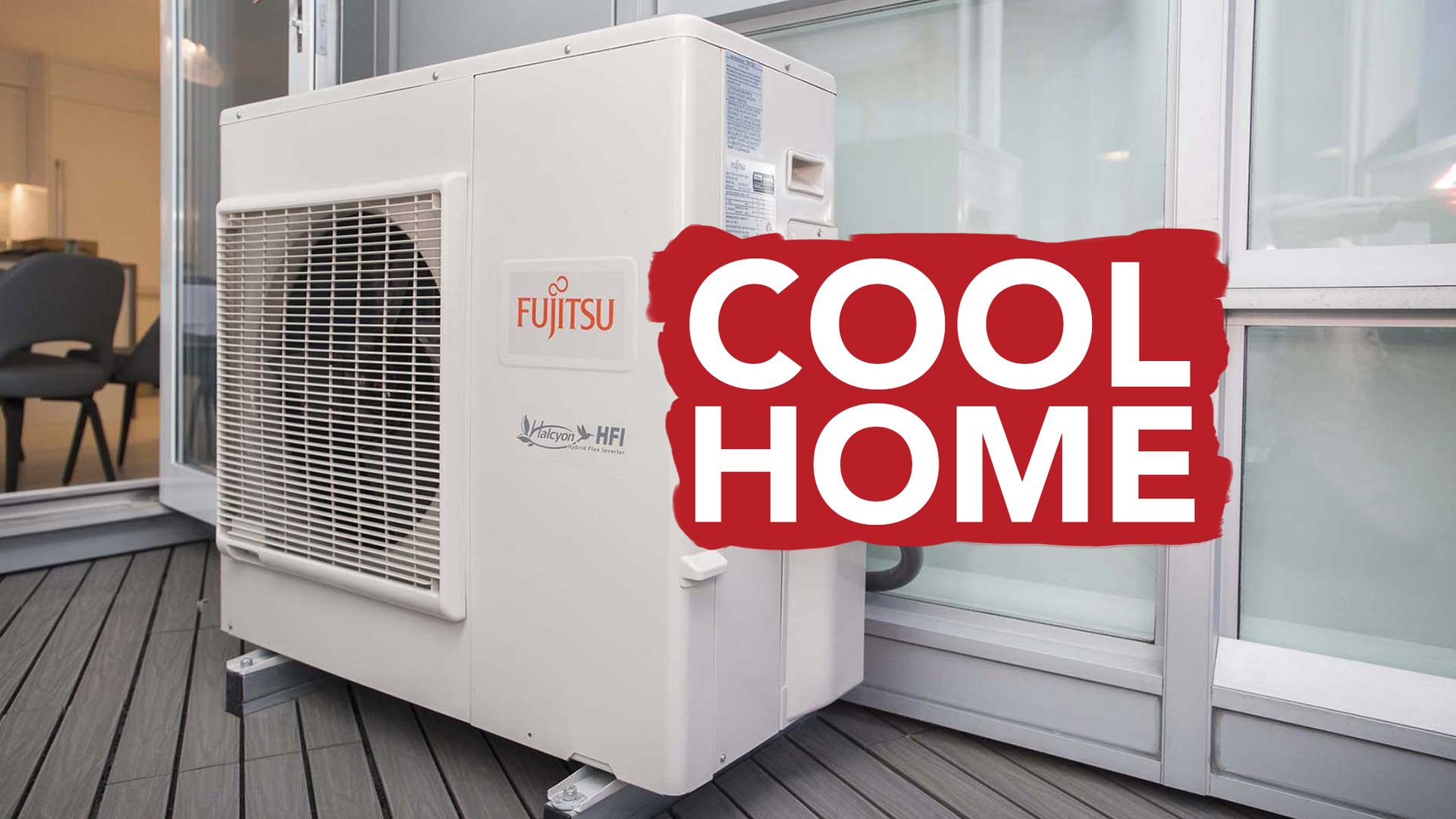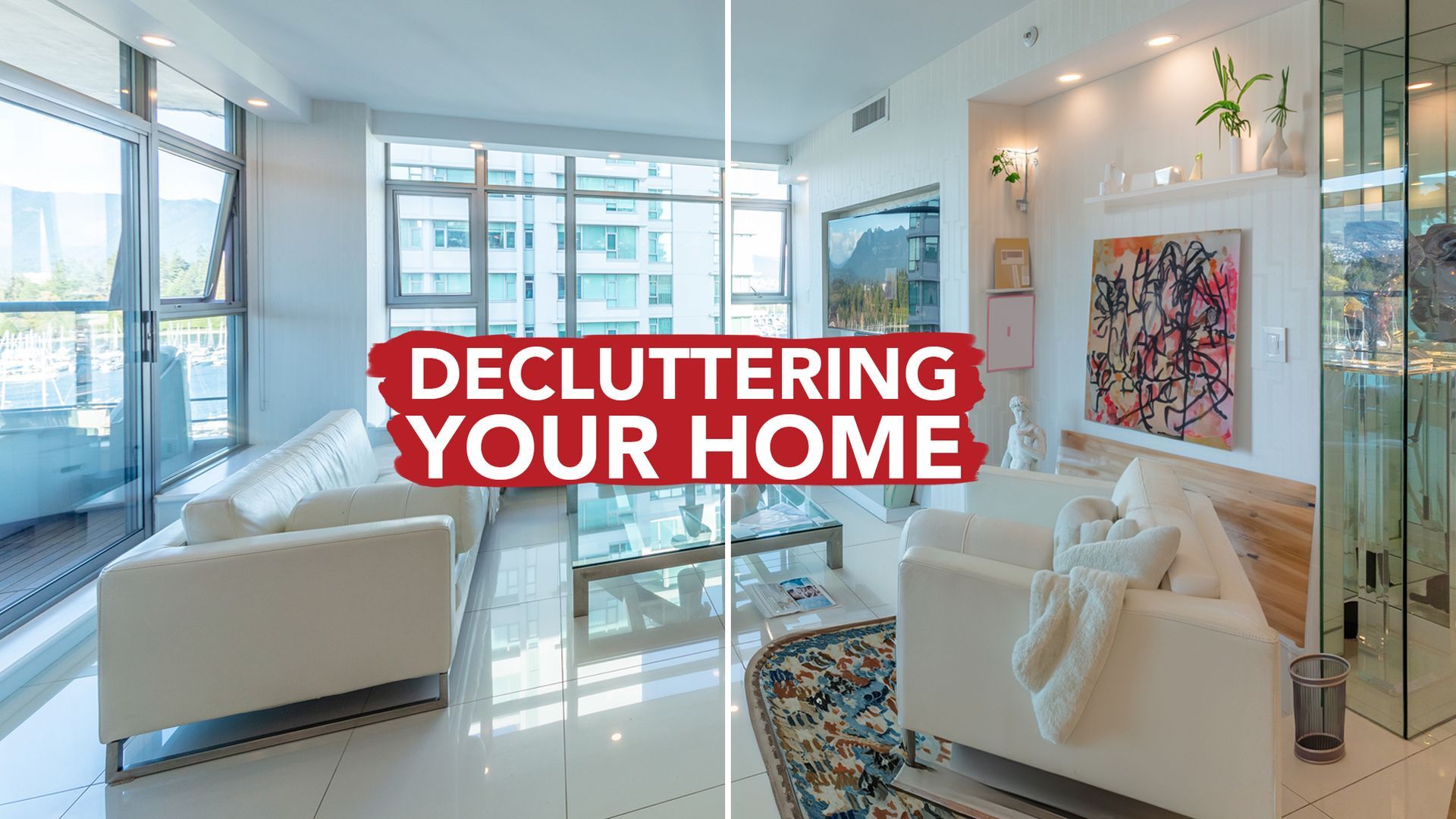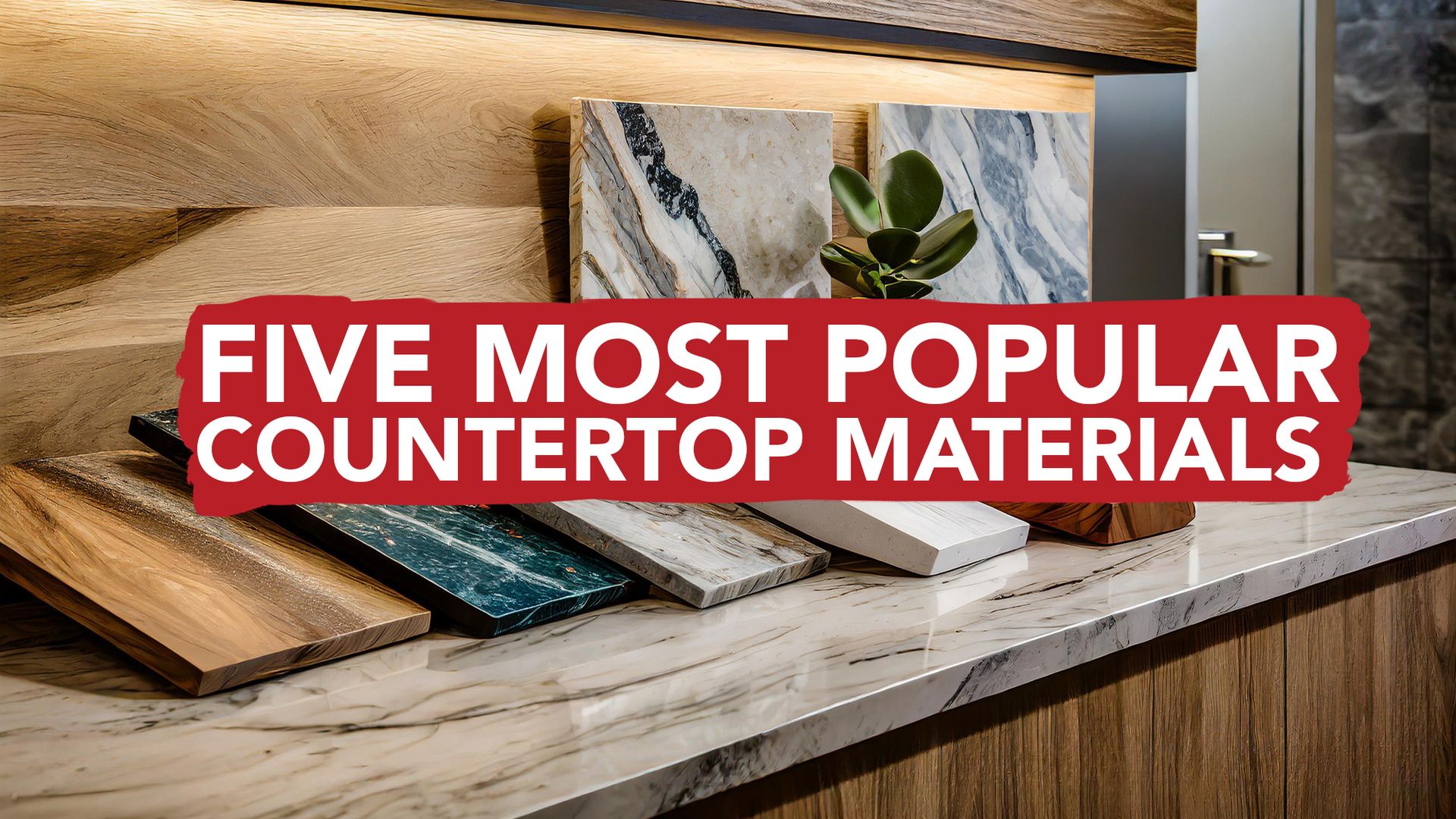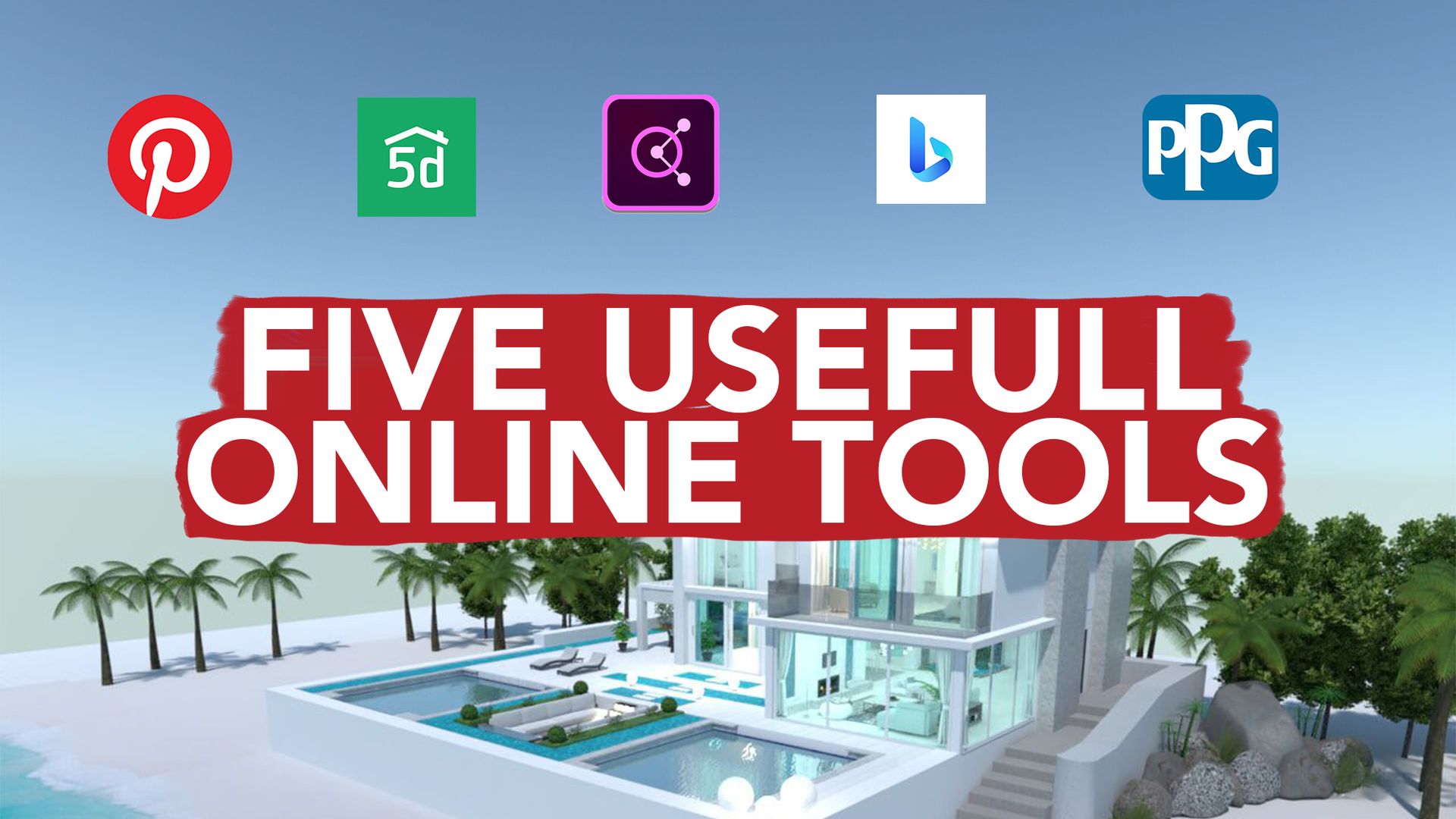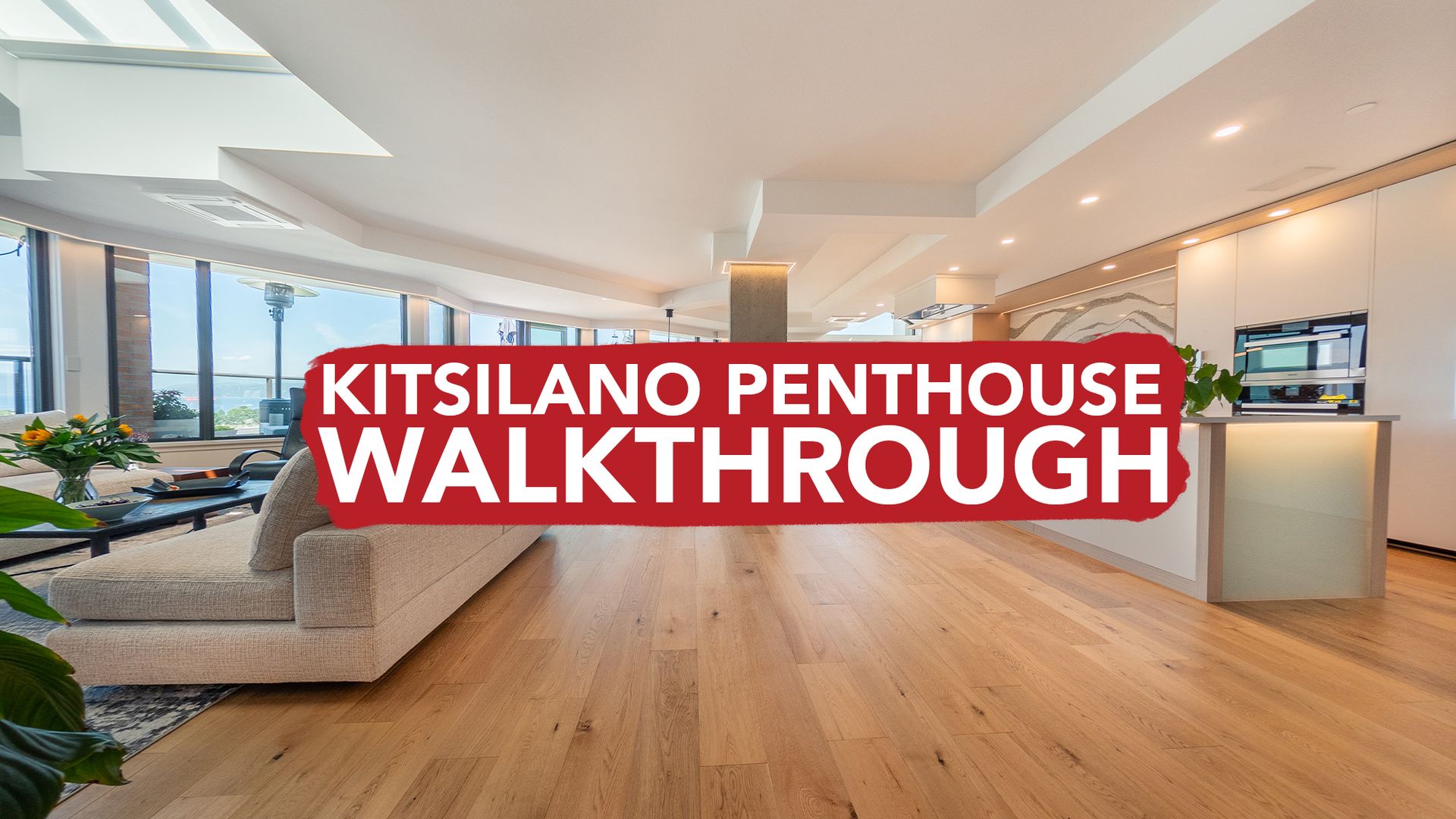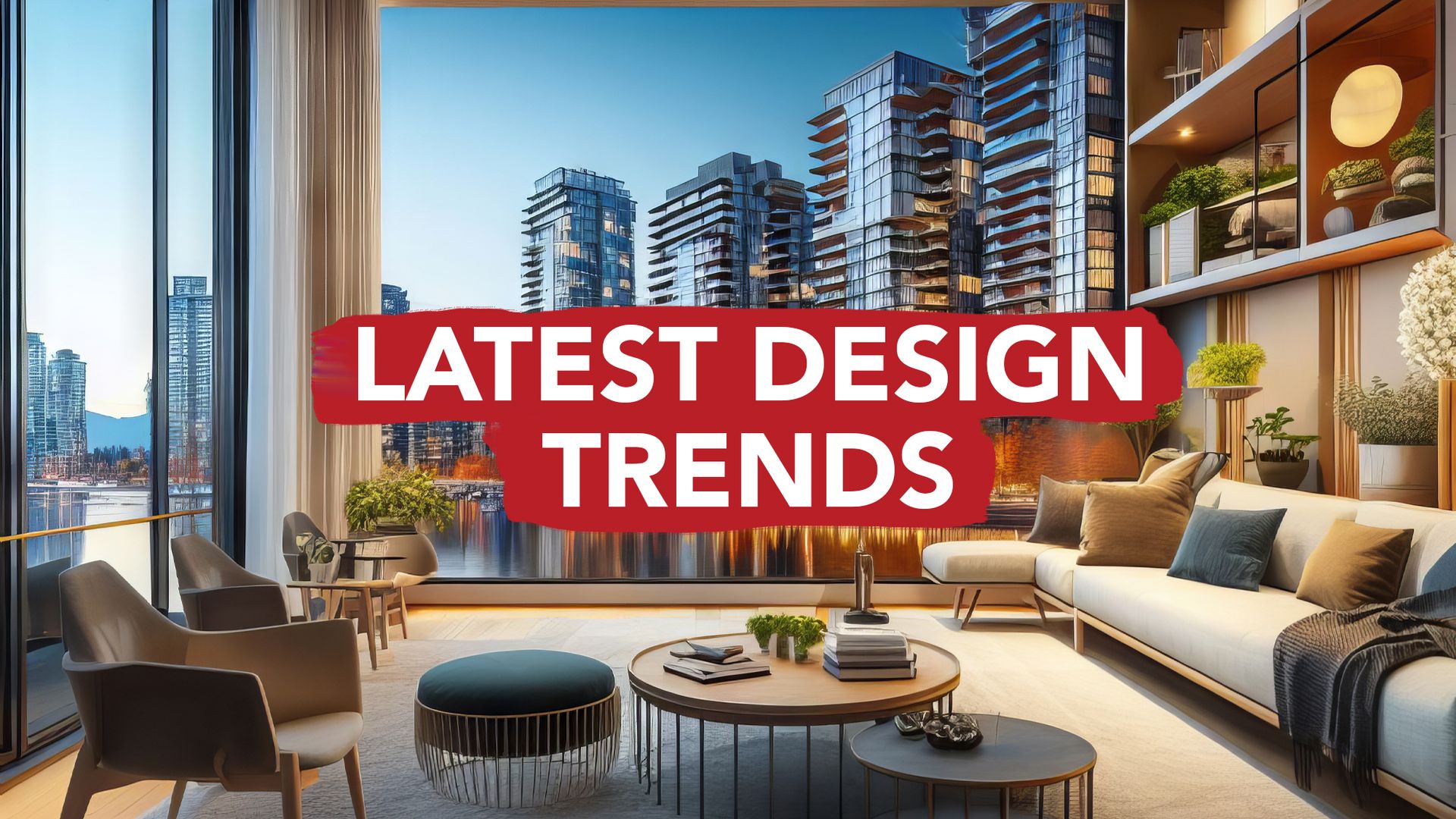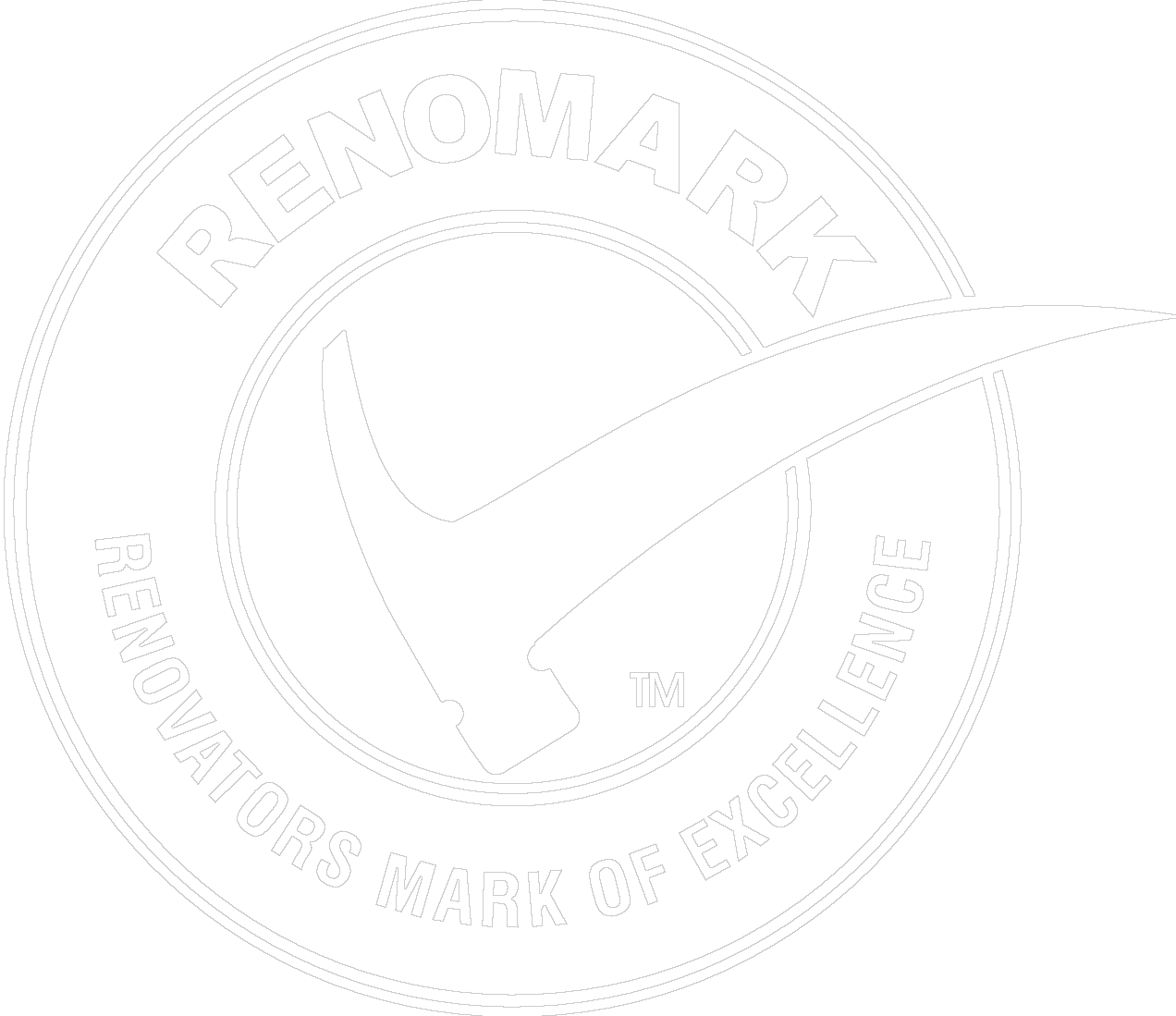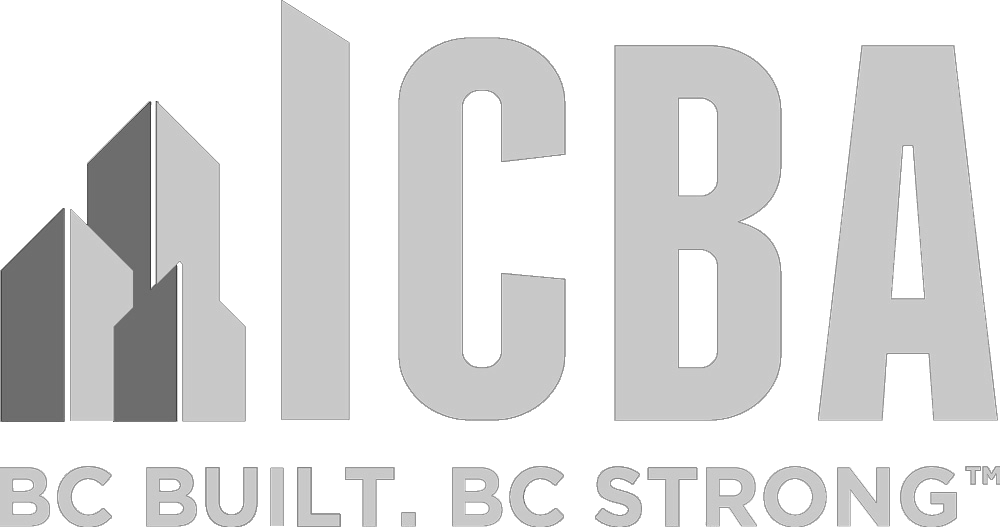CREATING A REALISTIC BUDGET
Money is often a primary factor influencing the size and scope of a renovation or new build project. Before starting your construction on any project, we develop a fixed-price budget so that you know exactly how much your project will cost.
Before we create a budget for your design and build, it's essential to know what to expect before we show you your budget. So with that in mind, here are three helpful tips to help you achieve a realistic budget. This will help keep your project realistic and achievable.
GROUNDWORK

We can't tell you how often people have approached us, asking for a complete home renovation, and we ask what their rough budget is, "I have $10,000" is the answer. We don't want to create any false hopes. Building and construction isn't a cheap exercise, it's an investment.
Find out how much it costs to renovate or build in Vancouver. Use the internet and do some research, Google search building costs, read blogs and ask AI chatbots. Typically rough costs are provided by either the type of room, i.e. bathroom or kitchen renovation, or by price per square foot.
It's hard for us to provide a cost for a renovation as each project is unique and has many variables. We give an answer to the question of 'how much will it cost' in this blog here.
Also, find out how much the costs are for items used in building or renovating. Go and visit a showroom in Vancouver. We would recommend Robinson Lighting & Bath and Cantu Bathroom & Hardware as good starting points. Research how much drywall is, how much paint costs per square foot, how much that fancy spa bath costs, or how much a basic one costs.
Plenty of pricing guides and online calculators can help give you an idea of how much a particular room will cost. Also, if you know someone who has recently completed a renovation or build, ask them about their budget.
NEEDS, NECESSITIES AND NICETIES

It helps to understand your priorities regarding your design and build. This is also helpful for our designers before you even pick up the
phone
or
email us. A valuable way of finding your priorities for any renovation or new build is to
create a list of everything you need, want and would like to have in your home.
Think about all the things you use daily in your home. Most of these items will be the things you need in a home.
Then think about all the things you don't have that you want to have. For example, would you want a touch faucet in the kitchen or a bidet in the bathroom? You might be able to compromise on a few of these things if you had to.
Finally, think about everything you would like to have in your home. Would you like to have a pool? What about a wine cellar? What about a two-story car lifting elevator? These will most likely be the big ticket items, and chances are you can probably go without most of these things, but if they fit in your budget, then put them on the like list.
Before our initial design consultation, create this list so that you have a list of priorities for what we design. Our designers will also help you understand what items are reasonable to include based on your budget throughout our design process.
A PLAN FOR PLAN B
The final tip when creating a realistic budget is to add a 10% to 15% contingency. We do everything possible to stay within the budget, including creating fixed-price contracts for our designs and builds. You can read all about that in our blog on this topic.
Renovations are complicated, and sometimes projects incur unforeseen costs. Often we don't find out about challenges until we demolish and open up walls. Suddenly we find that the old electrical system might need updating for a modern home. We do everything we can to predict and avoid these challenges.
The other thing that often increases a project's budget is changes as we progress through the construction phase. It's normal for homeowners to change the design as we progress into the project, and most changes cost more money and add more time to complete. So we recommend adding a 10% to 15% buffer in your budget to ensure you can manage any cost overruns.
THE GRAND TOTAL
We hope this has helped you understand what to expect before we start discussing budgets for your design and build. If you have any questions about budgets, email us at info@rodrozen.com
